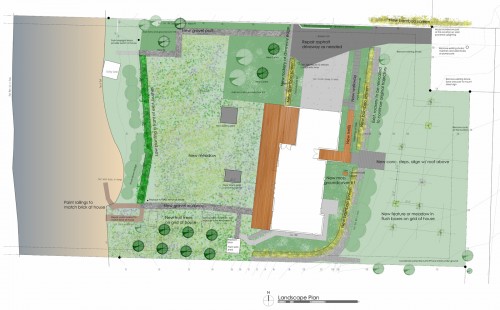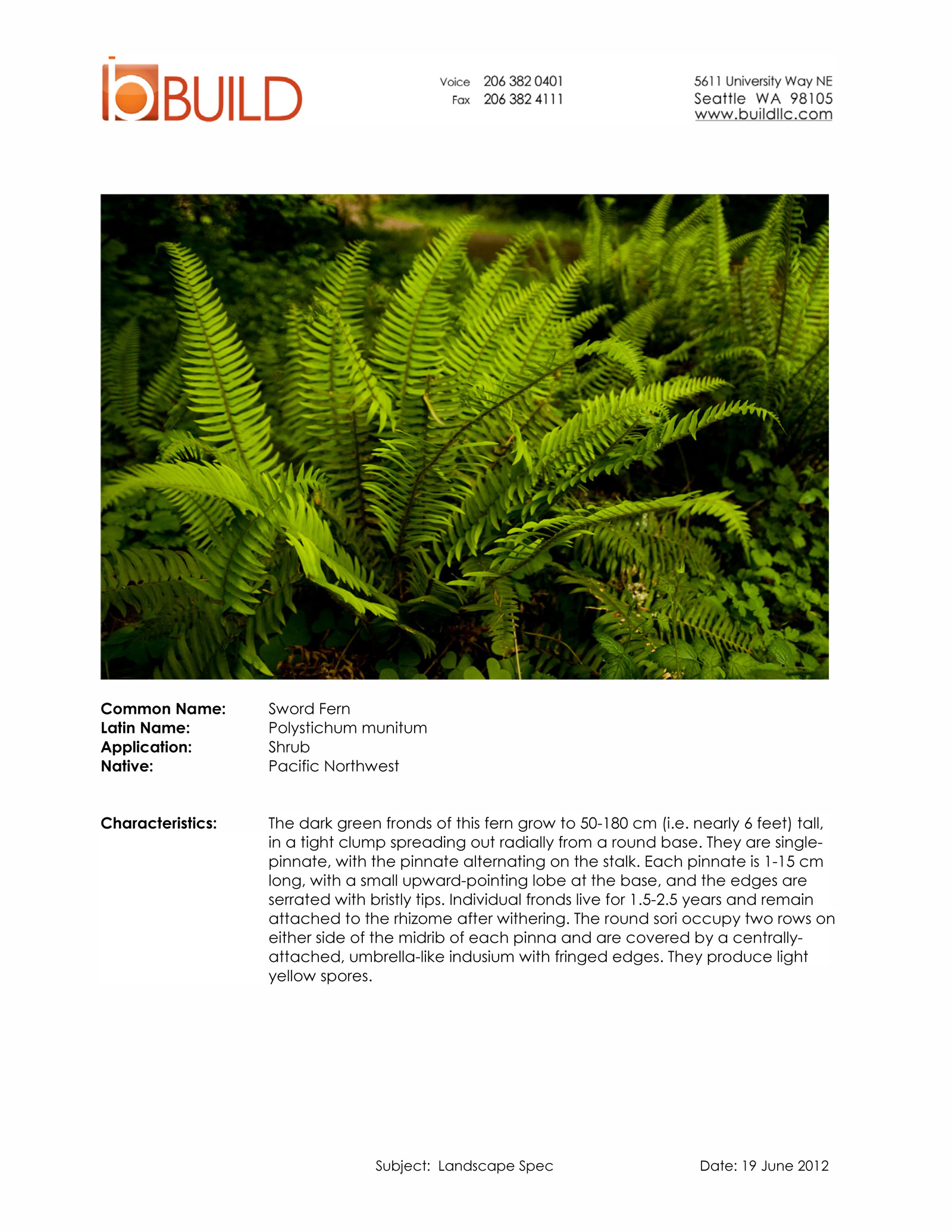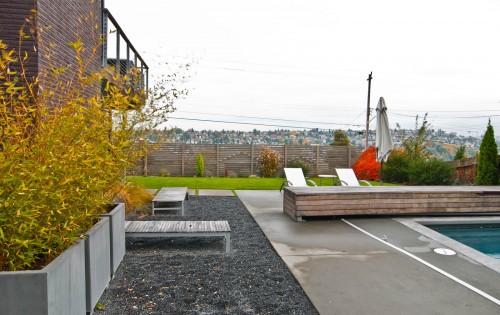
Doing architecture well involves understanding, even on a basic level, all of the various parts that go into the construction of a building and its site. This also includes those elements that fall outside the walls of the structure itself. Whether an architect delves into the design of the outdoor spaces and provides a landscape package as part of their scope, or collaborates with a landscape architect/contractor, it’s smart to have a baseline knowledge of landscape design. Exceptional projects develop cohesive relationships between the indoors and outdoors; it makes for a better lifestyle and typically improves the architecture itself. BUILD is often heavily involved in the landscape end of a project, and we continue to learn a tremendous amount with each job. The landscape architects we’ve enjoyed working with have been some of our best teachers. Recently, we’ve completed a couple of projects with a substantial amount of landscape design and it’s a good time to share what we’re learning. Here are our five basics in landscape design.
1. Keep the palette simple.
Similar to selecting materials for a building, maintaining a simple, uncluttered palette of plantings and trees is the way to go.

[Image source: BUILD LLC]
2. Respond to the building with a clear organizational structure.
Depending on the project, the landscape undertaking might involve a small swath of yard or hundreds of square feet of land. The building has a distinct relationship with its site, so using the building’s grid for organizing an expanse of yard will help to reinforce indoor-outdoor connections.
3. Define the elements.
Three basic components of landscape include: Ground cover, screening, and objects. Understand where each element is required or desired on site. Much like the interior of a building, the site’s private/public zones and potential uses will make evident which component is most appropriate for the application. For example, objects are placed at the ends of an axes or can function as subtle way-finding markers.

4. Maintain a landscape “kit of parts.”
Creating a baseline spec package and vendor list for landscape elements will save you a significant amount of time and legwork. Allow it to operate as a launching point, with flexibility for additions and subtractions as appropriate per project.
5. Be selective about non-native plantings.
Regardless of scope, it’s always a good idea to approach landscape design with the intent of striking a balance between high appeal and minimal-maintenance. Utilize more native plantings than non-native, as they will naturally require less upkeep. Be selective about non-native plants.

If you’ve got any that didn’t make our list, share them in the comments below.
Cheers from Team BUILD





